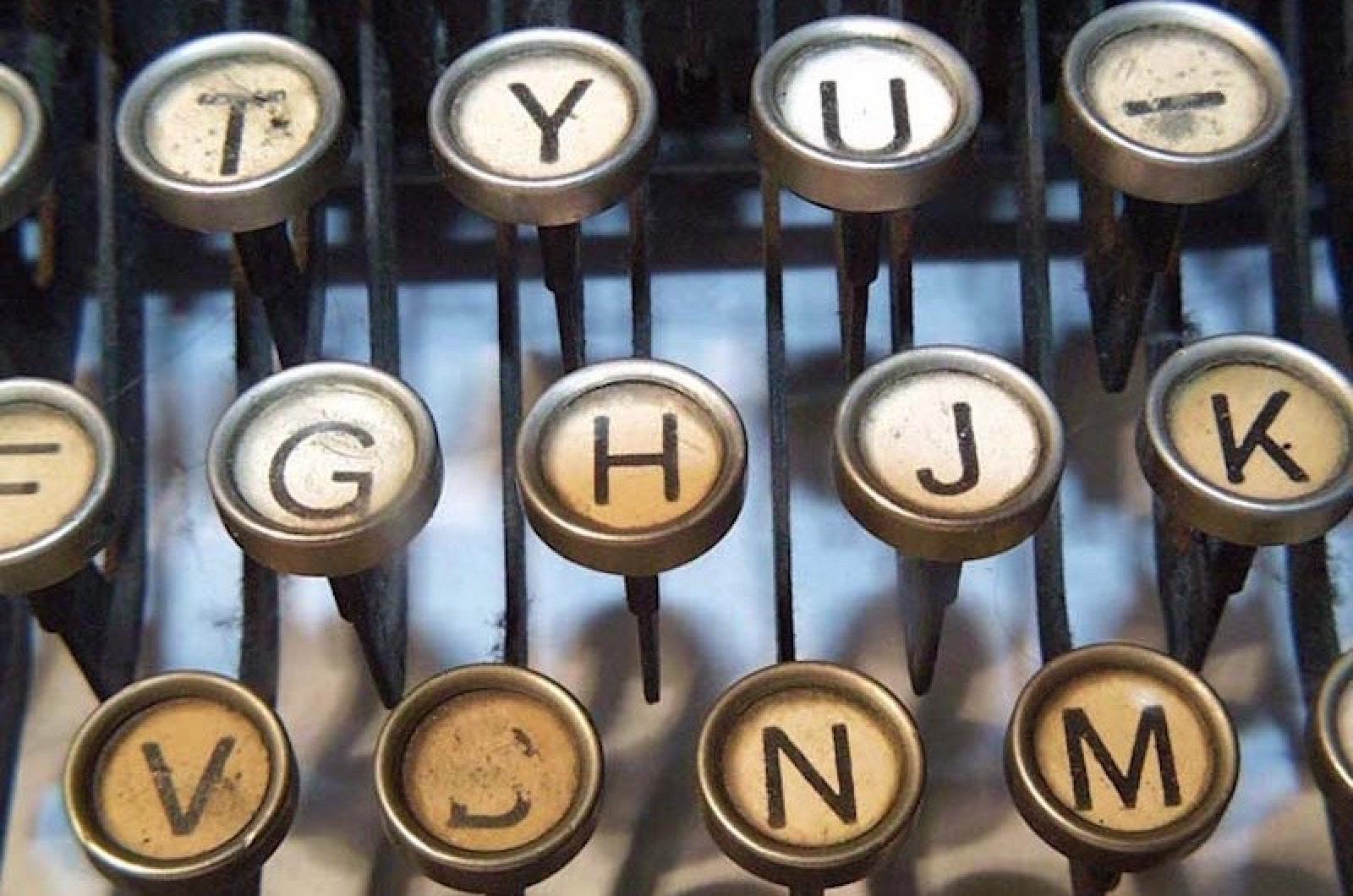Now that North Korea has per formed what it claims is its fifth nuclear test, I’m reminded of the time when China, then our dark threatening enemy, exploded its first atomic bomb. That was Oct. 16, 1964. And every time that haunts me, the journalist in me gets a big smile across his face.
An explanation, before you jump to conclusions about my sanity. Back in October, 1964 when I was a young spunk at Columbia University’s Graduate School of Journalism, we were instructed about the wonders of wire machines, those technological dinosaurs that delivered much of our news. Every newsroom in the country, as well as ours at school, had at least two and maybe even four of these teletypes. There was competition, so a news organization could have electromechanical typewriters from Associated Press, United Press International and Reuters, all spitting out their own takes on stories happening live. And one machine, like a grandfather of faxes, slowly spewed photographic images to accompany the stories.
Whenever a major news story came over these machines, little but loud bells would jingle, their number in sequence indicating the story’s importance. Four bells meant “get in here and read this now!” Eleven months earlier these bells awakened all but the dead — when the story came through that President John F. Kennedy had been first shot, then hospitalized, then pronounced deceased.
On Oct. 15 that year, the machine bells went crazy all day and all night, making eager beaver reporters salivate like so many of Pavlov’s dogs. In a 24-hour period, the following stories broke: Harold Wilson, the Labour Party socialist, was elected UK Prime Minister, ending several decades of Conservative rule; Nikita Khrushchev, the Soviet premier, was ousted from power and packed off to his country dacha; Walter Jenkins, President Johnson’s long-time aide, was booked and outed on a disorderly conduct charge involving hanky-panky with another man, just weeks before the Presidential election; the St. Louis Cardinals beat the New York Yankees in the seventh game to win the World Series.
The next morning when we came into class, the bells were still going off. Add a fifth story to the fierce flow of information — China under Chairman Mao exploded its first atomic bomb. Our professor then came into our 9 a.m. news class and announced our assignment for the day: Given all this news, make up a front page. This produced hours of agony and flashes of creativity. It was an unforgettable lesson in determining degrees of importance as well as design. I can still hear those bells, like an attack of Edgar Allan Poe from the beyond.
My classmates and I exchanged ideas and scatter shots. Much was weighed. There had been rumblings about the shaky status of the Soviet premier. So China has the bomb, but would they really use it? Jenkins, a Catholic convert with a wife and six children, had been caught a few days earlier in flagrante in the YMCA bathroom in DC. Just took a while for the media to get wind of the details. In game seven, Ken Boyer hit a homer for St. Louis and brother Clete Boyer hit a homer for New York, but this is only a sport. We were supposed to be making up the front page of a paper dedicated to world news. Wilson’s and Labour’s upset win in Britain loomed large to me.
I remember my finished dummy (that’s what a page layout is amusingly called) and felt like that when I had to show it to my professor, the late Vineyard resident Penn Kimball. He saw my five banner headlines stacked across the page and remarked how once again my inner wise guy had reared its questionable head. Here are my screaming headlines, as I recall:
WILSON IN
KHRUSHCHEV FIN
JENKINS’ SIN
CARDINALS WIN
CHINA’S DIN
It was a mix of French, English, Variety lingo and Chutzpah. Kimball smirked and slapped me on the back. “At least,” he said, “yours is better than what the St. Louis Globe-Democrat came up with this morning.” He held up that paper — only two words blared: CARDS WIN!
There were all kinds of front pages on Oct. 16, 1964. Some papers even ran two front pages, one behind the other. It was a big news day.
That’s the way it was — back when teletypes ruled newsrooms, when reporters relied on sources, telephones, libraries and legwork, when attention spans lasted longer that a mayfly’s lunch, when entertainment and news were as separate as church and state. I’m not sure when it all changed. It could have started quietly in the 1950s when another Columbia J School student named Merle Johnson left the school and New York and moved to Hollywood where he changed his name to Troy Donahue.
Arnie Reisman and his wife, Paula Lyons, regularly appear on the weekly NPR comedy quiz show, Says You! He also writes for the Huffington Post.




Comments (1)
Comments
Comment policy »